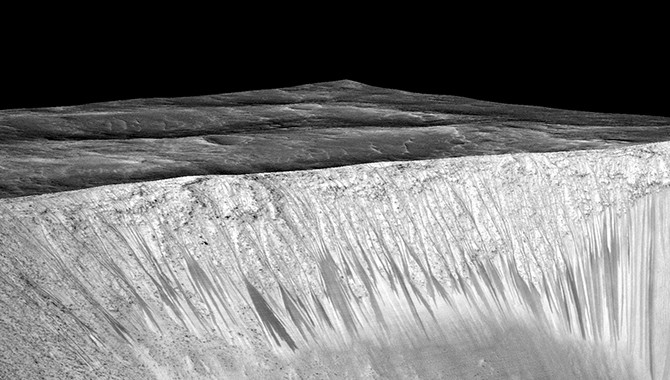
Once thought barren, Mars now holds the promise of life beyond Earth as scientists confirm the presence of liquid water on the red planet.

Once thought barren, Mars now holds the promise of life beyond Earth as scientists confirm the presence of liquid water on the red planet.
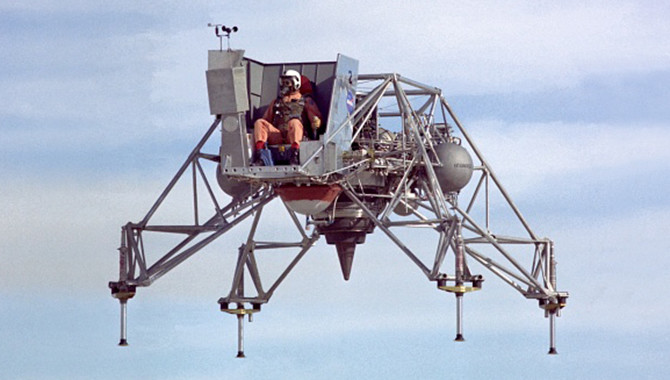
The first flight of the Lunar Landing Research Vehicle (LLRV), in October 1964, didn’t go far—but that brief hop supported Apollo 11’s giant leap five years later.
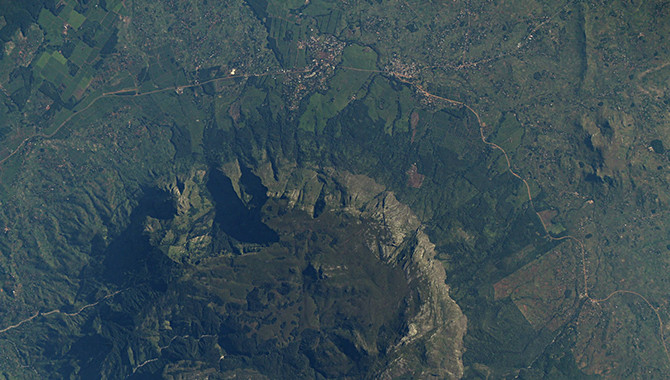
A unique partnership between government agencies leverages space-based data to make a critical difference in the day-to-day lives of people on Earth.
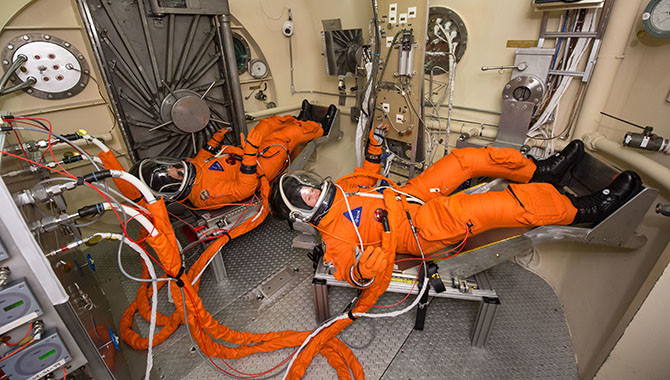
With the successful completion of Key Decision Point C (KDP-C), the Orion spacecraft is cleared to move ahead toward Exploration Missions 1 and 2 (EM-1 and EM-2).
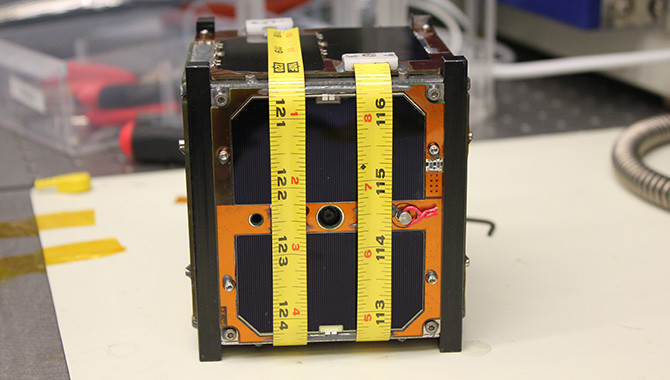
As Orion soars through Exploration Mission 1 (EM-1) in 2018, its payload will include several small satellites designed to enhance deep space exploration.

NASA’s Academy of Program/Project and Engineering Leadership (APPEL) has been recognized for its exemplary, results-oriented training program.
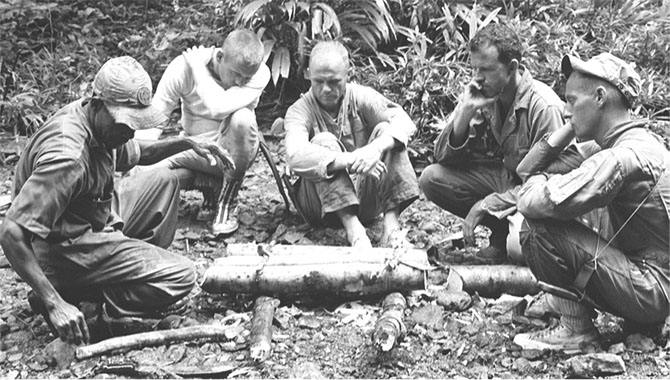
Luckily, it was a lesson learned during an exercise.
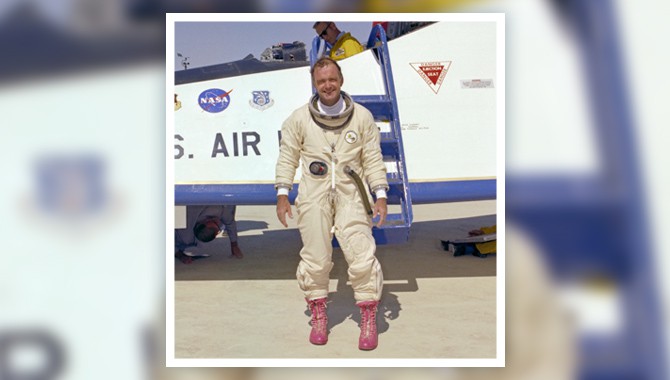
Forty years ago this month, William “Bill” Dana piloted the final rocket-powered flight of the joint NASA-U.S. Air Force lifting body program.
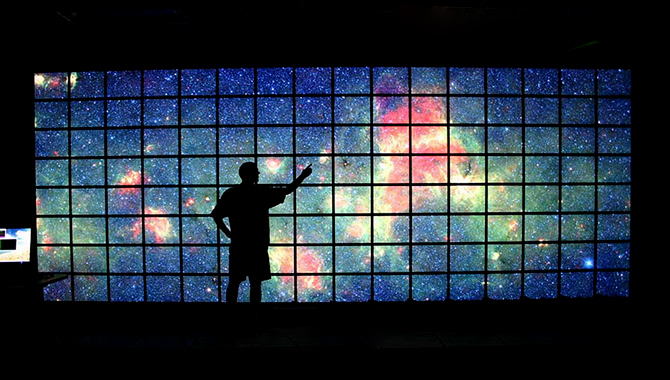
How can big data help NASA projects and programs ensure mission success?